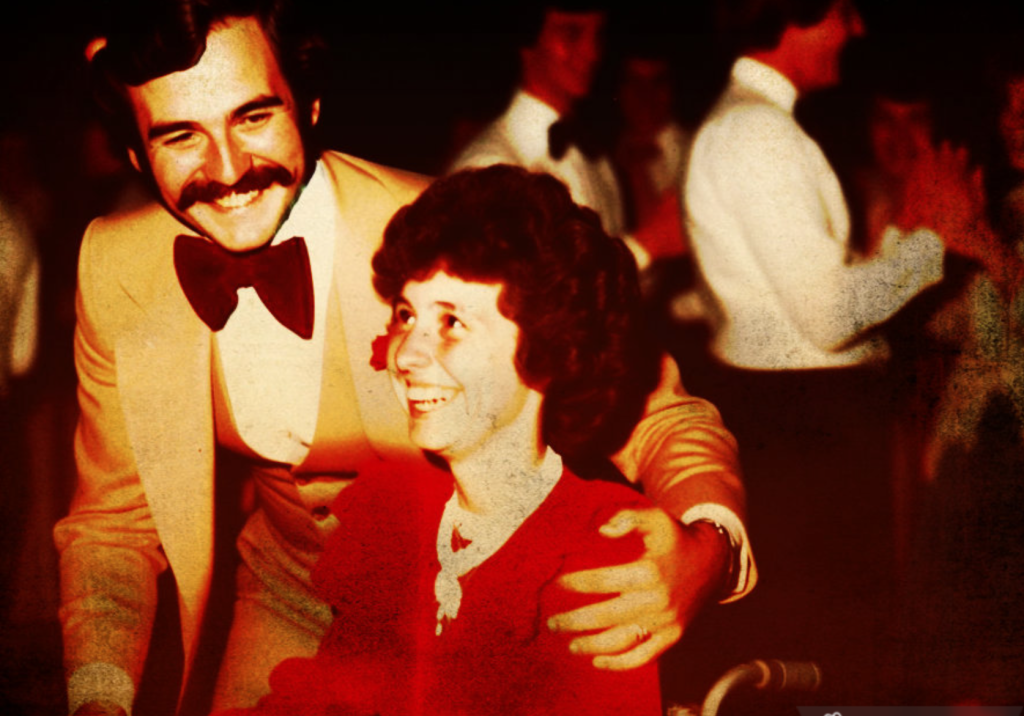

Love never fails. But human beings sure do.
Marcie and me were telling stories out back by the fire. Marcie said the topic of our storytelling should be The Saddest Thing I Ever Heard.
“You’re up first,” she said, and took a long drink of her beer.
“Okay, I’ve got one. This was back in 2006 in Chicago, when I had this job as a case worker at a homeless shelter. I met this guy named Pat. Now, the shelter also ran this supportive housing program where we took guys from the shelter and put them into apartments. Little studios in this old building that used to be a hotel to the stars. In a shitty part of town, of course. That’s where Pat lived when I met him.
“I was supposed to help everybody on my caseload figure out what they wanted to do with the rest of their lives. Get their IDs back, get jobs, quit booze. That kind of thing. But every time I asked Pat what his goals were for his life, he always said, ‘Get back together with Stacy.’”
“Who’s Stacy?” Marcie said.
“Stacy was the love of Pat’s life. They’d gotten together when both of them were a lot younger, back in 1982. They went out bowling, dinners, movies. He showed me a picture once of the two of them dancing. He was in this tan suit with a huge bowtie, and she was in a red dress and a wheelchair. Dancing. In a wheelchair. Do you believe that?
“So I asked him, ‘What happened to Stacy, Pat? Why is she in the wheelchair?’ And he couldn’t say exactly what her diagnosis was, or maybe I’m forgetting what he told me, but whatever it was, it was a permanent thing. I think it was ALS. The point is, Pat didn’t care about a wheelchair. He was in love.
“The more I visited Pat, the more I got to know Stacy. Our conversations always came back to her. She lived out in the suburbs with her parents because of her condition. She needed that kind of readily accessible care all the time. But he lived in the city. He didn’t have a car either, so it was the bus, the el, the Metra. His own two feet. They stayed together for ten years, like that. Ten whole years. An entire decade.”
“Why’d they break up?” Marcie was leaning forward, eyes sparkling in the firelight.
“Pat developed a little booze problem,” I said, “He was a real sweet guy when I knew him. I can’t imagine he turned into an animal. But you really never can tell. Anyway, by 1992 it had become a big booze problem. Stacy’s parents made them break up.
“After that, it’s pretty easy to track Pat’s path. The booze got worse. The job he had, running a baling machine in a little factory, dried up because the factory shut down. Even more booze then, and suddenly no money. Pretty quick, he landed on the streets. And stayed there awhile. Until, eventually, he found the homeless shelter and the supportive housing program that would go on to hire me.
“Pat was on my caseload for seven years. The entire time I worked at that place. And every time I met with him, every damn time for seven years, he’d say, ‘Someday I’m going out to Stacy’s parents’ house and I’m going to get her back.’”
“So what happened?”
“Do you really want to know?” I felt the smoke rooting around in the back of my throat.
“Hell yes,” she said.
“One day, I got a call from the property manager of Pat’s building. Pat had almost killed himself. He’d almost killed everybody. He’d gotten drunk, the manager said, put some hot dogs on the stove, and passed out. A lot of smoke and everybody scared to death and a pissed off building manager, but in the end, nobody got hurt.
“I went over to Pat’s apartment right away. ‘Pat, what happened?’ I asked. ‘Well,’ he said, ‘I finally went out to Stacy’s parents’ house.’ ‘And?’ ‘She’s dead. In 1996.’
“Holy shit,” Marcie said.
“Now, let’s do some math. Let’s get real chronological here. Because whenever I think about Pat, I can barely handle the timing. So Pat meets Stacy in 1982. They get together and stay together ten years. He drinks too much and her folks split them up. That’s 1992. ALS or whatever takes Stacy in 1996, but Pat is on the streets by then, incommunicado. Finally he lopes into the shelter in the early 2000’s. The shelter moves him into the supportive housing program, and I meet him in 2006. Then for the next seven years every time Pat and I talk, he tells me how in love he still is with Stacy and how happy they’re going to be. But in 2013 he finds out from her parents—who made them break up, remember—that Stacy is dead. Way back in 1996.
“That’s seventeen years between when she died and when he found out. And when I first heard about Stacy from Pat, when I first met him, when he showed me that picture of them dancing, with the tan suit and the red dress and the wheelchair, Stacy was already ten years gone. The same amount of time they’d been together.”
“Bullshit,” Marcie said.
“It’s true.”
“Do you swear? Do you swear that’s all true?”
“I’d Sunday-swear it on a stack of Baptist Bibles.”
There was a long quiet then, at least a quiet of voices. Like somebody had thrown a wool blanket over our two stupid selves. We drank our beers and stared at the fire and every time I wanted to say something else, to qualify the story or add some color to it, something pinched my lips shut. Some spritely little instinct I can’t honestly lay claim to.
Paul Luikart is the author of the short story collections Animal Heart (Hyperborea Publishing, 2016), Brief Instructions (Ghostbird Press, 2017), Metropolia (Ghostbird Press, 2021) and The Museum of Heartache (Pski’s Porch Publishing, 2021.) He serves as an adjunct professor of fiction writing at Covenant College in Lookout Mountain, Georgia and lives in Chattanooga, Tennessee.
This type of content is not what I signed on for.